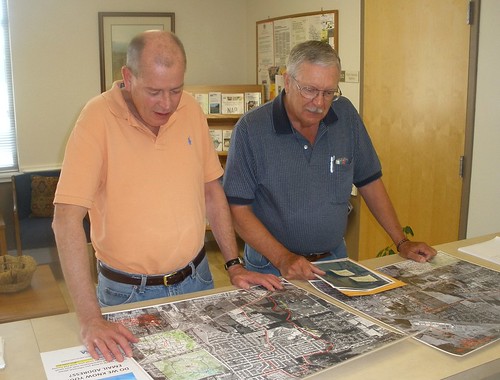The first few weeks of June are always some of the busiest weeks for USDA’s National Agricultural Statistics Service (NASS). Our agency reaches out to more than 100,000 farmers and ranchers across the country as we conduct three major surveys: June Area, Crops/Stocks and Hogs and Pigs Inventory surveys.
Having worked in management positions in NASS’s Georgia and Washington offices, I can honestly say that conducting these surveys is not an easy task. We dedicate the first two weeks of the month to gathering the information and process it in the next two. The data has to be ready to go by the last Friday of June (June 29 this year), when NASS publishes its June Acreage report, setting the first official estimates for the upcoming harvest.

Despite all the intense work involved, however, it is the interaction with the farmers and ranchers themselves that really makes these surveys worthwhile. Although they are extremely busy, most farmers are appreciative of the work that we do and are willing to take a few minutes out of their day to provide the information. Often, all it takes is explaining to the producer the importance of their individual survey response. Many are surprised by how much impact these surveys can have on their business, industry, or community.
Thanks to our partnership with the National Association of State Departments of Agriculture, NASS can boast some of the best enumerators in the industry. Not only are our interviewers knowledgeable about the agriculture industry, they are also willing to go above and beyond to make sure everyone has a chance to respond. It’s not uncommon to even see our enumerators interviewing farmers as soon as they get off the tractor or right at the edge of the field, so that they could provide the information without interrupting their workday.
All farmers who participate in this survey are representing their industry by making sure that only the most accurate, up-to-date information is readily available. And the information producers provide really does make a difference. Whether it is the crop acreage indications for the upcoming harvest or the inventory of hogs, all of the data help create a more level playing field within the industry. Everyone can easily access these and all other agricultural statistics reports online at www.nass.usda.gov/Publications.
